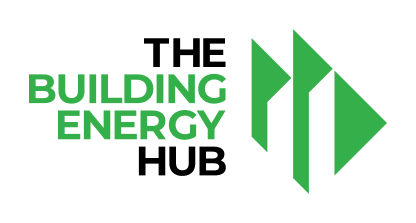Decarbonization Planning Guide
Get to Know Your Building
Establish a Business as Usual Case
Establishing a business-as-usual case will allow you to accurately assess the actual costs and benefits of your decarbonization strategy.
This section will help you establish a business-as-usual case for ongoing maintenance, equipment replacement, and retrofits. This is the baseline cost estimate against which you will compare building decarbonization upgrades and activities needed over the next 10 to 20 years.
The timeframe that you use will depends on your desired timeline for decarbonization, as well as the time period over which you evaluate financial investments. Establishing a business-as-usual baseline will allow you to accurately assess the actual costs and benefits of your decarbonization strategy.
First, you’ll want to conduct a capital needs assessment or include scope as part of a GHG Emissions Audit to forecast your facility’s capital needs during the next 10-20 years. Starting your plan at this phase helps you minimize the total cost of the decarbonization improvements as well as the lifecycle costs of maintaining and operating your building.
Before starting the capital needs assessment, you may consider several questions:
- Which stakeholders should participate in the capital needs planning process? By engaging staff with expertise related to facilities, operations, and finance, you can streamline the process of securing approval of the plan.
- What are the labor, equipment, and contractual costs of operating and maintaining each element of the building?
- Likewise, where are the opportunities for capital improvements to reduce these operations and maintenance costs?
- How can you efficiently collect feedback from building occupants that could help identify capital and maintenance needs? Observations from building users may reveal malfunctioning systems and/or sub-optimal control settings you’d otherwise overlook.
Any or all of these questions can help you pinpoint timely decarbonization opportunities in the investment plan for the building.
Who could do this work?
You’ll likely need a multidisciplinary team to establish an accurate business-as-usual case or capital needs assessment. You’ll want folks who are aware of financial considerations such as utility payments, maintenance expenses, and capital plans along with someone to assess the state of your facility and document the timeline and costs to replace equipment as it reaches the end of its useful like. This team may consist of the building owner, key financial stakeholder(s), building facilities staff, capital needs assessment (CNA) provider (architect, CNA specialist, engineering firm, or energy specialist).
Key Steps
- Review condition of existing HVAC, lighting, hot water, major equipment, windows, walls, structure, and roof.
- Document age, state of operation, and remaining useful life.
- Document potential costs to repair or replace with equivalent code minimum equipment.
- Review condition and capacity of electrical infrastructure and physical size of spaces housing major components of HVAC and DWH systems to assess capacity for expansion.
- Engage staff and other building users to identify deficiencies with current building operation such as poor thermal comfort, ventilation issues, reliability of systems, and resiliency considerations.
- Create a 10-to-20-year timeline and cost estimate for business-as-usual investments which include operational utility costs, maintenance of equipment, and planned renovations and equipment replacements at end of life.
- Identify maintenance and replacement items within the capital needs assessment that affect the building’s energy use and emissions generation.
- Assess incremental costs to replace equipment with decarbonization-aligned high performing equipment, rather than code-minimum systems, as well as the level of energy costs and GHG emissions that could be offset by installing the high-performing equipment.
- Establish priorities, and corresponding timelines, for investment in the building based on the physical needs of the building and opportunities to improve the wellbeing of the occupants. Incorporate the value of reducing energy costs and GHG emissions by installing higher-performing equipment.
The U.S. Department of Housing and Urban Development (HUD) provides an overview and tool for conducting a Capital Needs Assessment which can be used as a primer for establishing a business-as-usual case.


